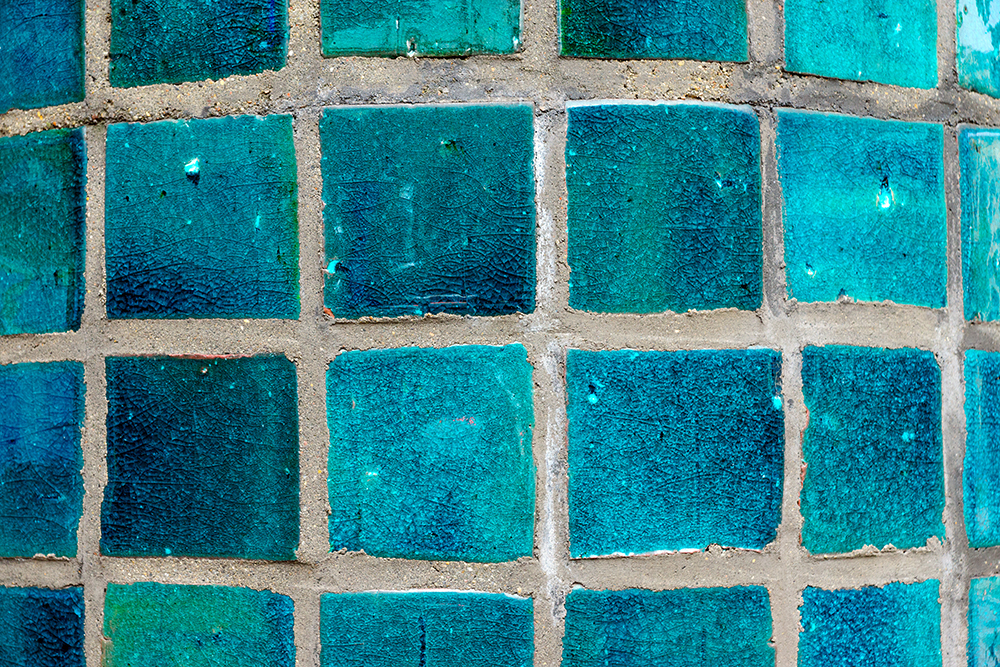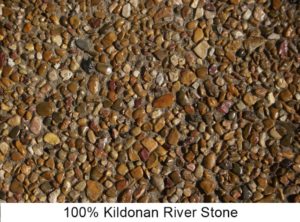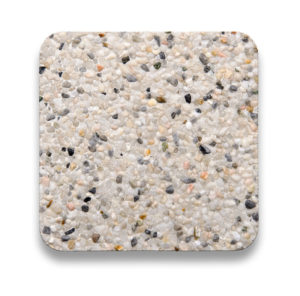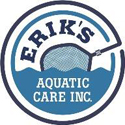Bring Life To Your Pool With Pool Tile

Erik’s Aquatic Care redefines pool maintenance service for commercial and residential pools. The areas of Florida’s Gulf coast that we serve include Bradenton, Parrish, Palmetto, Bayshore Gardens, Lakewood Ranch, Ellenton, Palma Sola, and East Bradenton. Our pool maintenance offerings include providing routine tender loving care to saltwater pools, mineral pools, and standard chlorine pools. We even extend our services to hot tub owners as well. What we don’t do is construct pools. We are often asked by clients whom to speak with regarding adding a pool. We happily oblige since we have rooted ourselves here. In 2018, Erik Aquatic Care aims to be more of a resource regarding pool tile and other designs. Let’s dive in…
Types Of Pool Tile
Let us explain that tiles go best with fiberglass pools. Concrete pools can also work well with tiles. The rigidity of concrete will shorten the lifespan of pool tiles. For what it’s worth, mosaic, glass, and stone tiles are among the most common types. Keep in mind that through regular chemicals and use of your pool, tiles will chip, crack or fall off. Whether you go with inlaid tile or waterline, explained more below, they will eventually need to be replaced over the years. It’s best to budget ahead of time for these necessary repairs.
You may be considering a re-design or re-tile if you have expensive taste. After all, it’s not a necessity, but you know how much of a difference it can make. If you bought a house with outdated or abused tile, it might be a good option to consider upgrading. If you’re putting your house on the market, a tile change or pool deck upgrade could add value to your home. Any nice backyard addition can be on the same level as installing a new kitchen or freshly painting an interior room.
Inlaid Pool Tile
Inlaid tile is molded into the fiberglass construction so it’s flush with the wall of the pool. It doesn’t “stick out” and has a more luxurious, wholesome look to it. In our opinion, inlaid tile is primarily done for its looks.
A major downside to changing or installing inlaid pool tile is the way in which its constructed. Because it’s molded into the fiberglass, repair cost can be very high. Word around the lifeguard stand is changing/installing inlaid pool tile requires completely draining your pool—another added expense. The bottom line is to make sure you have the budget to handle a re-tile of inlaid tile. Better yet, if you want to include it in a new pool, make sure you choose the right design for you during construction (at the perfect time).
Waterline Pool Tile
The main difference between inlaid tile and waterline tile is where and how it’s placed. Waterline tile is laid on top of the pool surface, which runs along the waterline. In a sense, it “sticks out” just slightly compared to inlaid tile—a mixture of the same design with more practicality.
Think about all the private pools you’ve swum in. You may have seen tiles along the steps, the steps’ edges, on the lip of the pool and right below the lip at the water’s surface. Placement can easy vary depending on taste. If you’re thinking about taking the plunge, grab some ideas off Pebble Tec’s website. Their gallery is immense in terms of types of pool designs, features, tiles, and patterns. It’s a creative resource whether you want to build your own pool or upgrade.
 Exposed Aggregate: A Compliment To Pool Tile
Exposed Aggregate: A Compliment To Pool Tile
Speaking of Pebble Tec, the term “exposed aggregate” may sound like something you’ve never heard of until you see a picture of it. It’s that old 1970’s-looking public pool surface with small stones that appear to be dropped into wet concrete. The patterned blocks are usually huge. They hurt horribly when you run and stub your toe or fall and scrape yourself. Exposed aggregate (pictured left) is a matter of preference. In some themed backyards, it may match better than flat concrete or brick; in others, it may not look the best. Aggregate can be a better option compared to plaster on a pool deck, both of which are the two most popular options.
Aggregate Pros And Cons
 While aggregate can be a more textured look, it does cost more than plaster. One plus side is that you get what you’re paying for. A more expensive product, once finished, will last almost twice as long (10-20 years) compared to plaster when finished (5-10 years). Plaster can be easier to walk on for one, as the aggregate is rougher when contacting the soles of our feet. The size does matter because small pieces of aggregate can form more of a bed of texture under your feet—it’ll be easier compared to larger pieces. Factor size into your budget if you’re considering this pattern of plaster.
While aggregate can be a more textured look, it does cost more than plaster. One plus side is that you get what you’re paying for. A more expensive product, once finished, will last almost twice as long (10-20 years) compared to plaster when finished (5-10 years). Plaster can be easier to walk on for one, as the aggregate is rougher when contacting the soles of our feet. The size does matter because small pieces of aggregate can form more of a bed of texture under your feet—it’ll be easier compared to larger pieces. Factor size into your budget if you’re considering this pattern of plaster.
Here are a few bonus tips for you. If you decide on a glass and pebble combination, you’ll be paying quite a lot more than a total pebble finish. An all-pebble mold has a range of $6,000 to $18,000, while glass increases the range by approximately $3,000.
Erik’s Aquatic Care is always here to answer questions you may have as a current or future pool owner. Cheers!


0 Comments